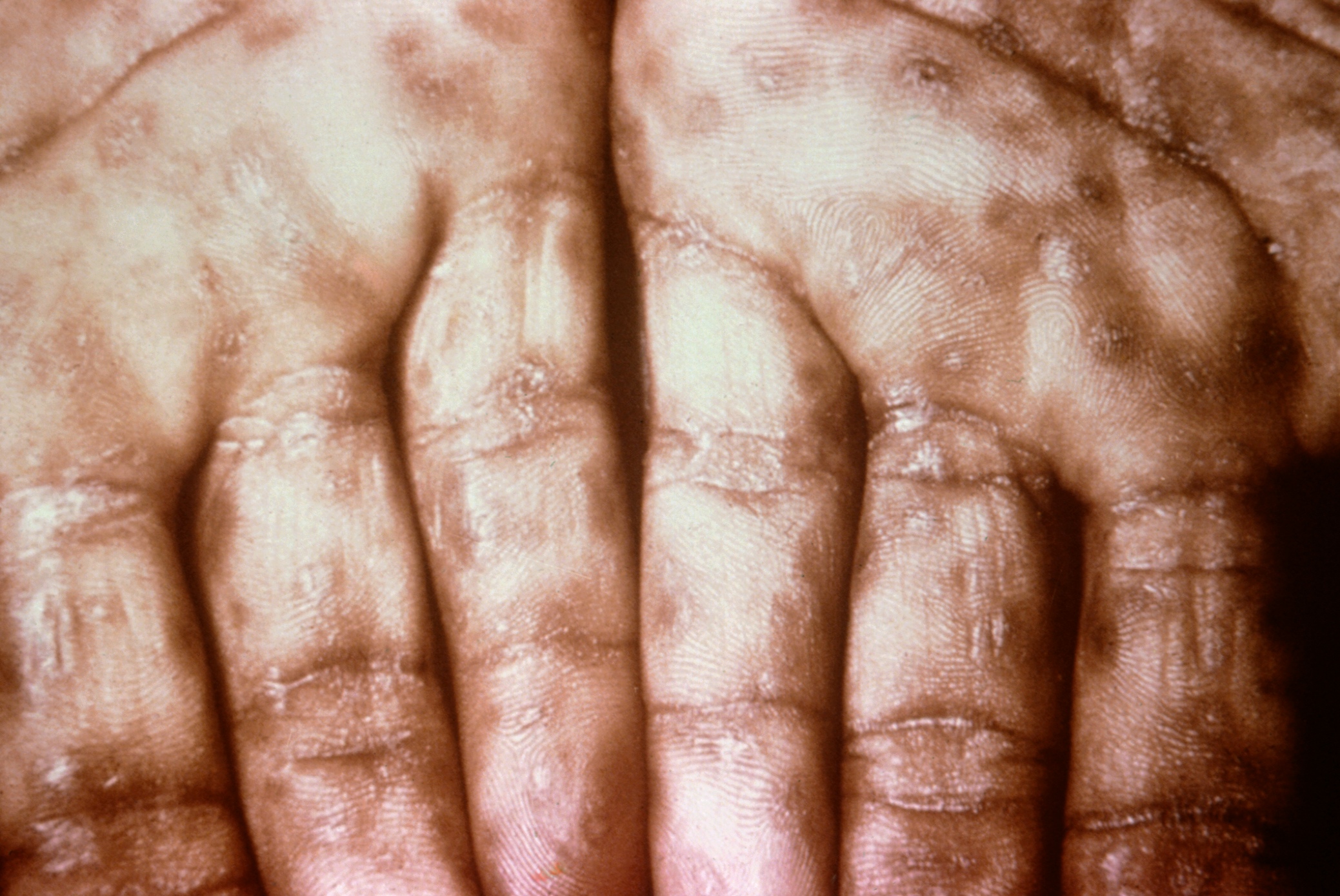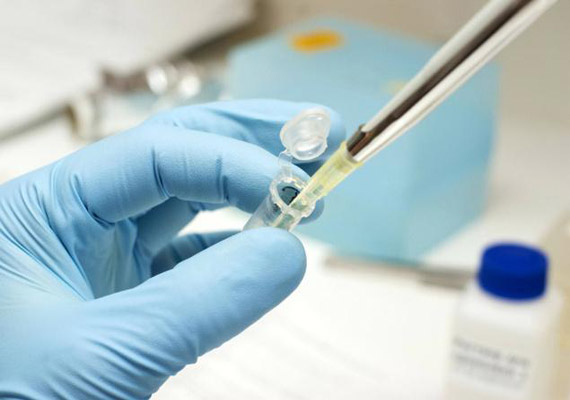
Call it the winter blues or blahs or simply seasonal sadness. Whatever term you use, around this time, many of us start to feel our mood sinking. We feel especially tired and sluggish. We might even feel like the walking dead, moping from one task to the next.
That’s because as the days get shorter and colder, we spend more time indoors and are less active, according to Ashley Solomon, PsyD, a clinical psychologist who blogs at Nourishing the Soul. “We tend to be more sedentary, which we know impacts our level of energy and even interest in activities,” she said.
It also doesn’t help that our bodies produce more melatonin when the sun sets, making us sleepy, said Deborah Serani, Psy.D, a clinical psychologist and author of the book Living with Depression. (Interestingly, melatonin is known as “the Dracula of hormones,” because it only comes out at night, according to the National SleepFoundation.)
Our eating habits also contribute to our sinking mood and energy levels. “We tend to eat warmer, heartier meals because that’s part of our evolutionary survival strategy for staying protected through the winter months,” Solomon said. Eating more sugary foods – which is common from Halloween to New Year’s – also spikes glucose levels, leading to a crash of exhaustion, Serani said.
But that doesn’t mean you’re doomed to a dull and fatigued fall and winter. Here are five ways to lift your energy and mood.
1. Better understand your body clock.
For some of us seasonal changes have a dramatic effect on our bodies. For others, it’s a subtle shift, if there’s one at all. This has to do with our circadian rhythms.
Our circadian rhythm is essentially an internal body clock. “[It] regulates our body with respect to sleeping, feeding and well-being,” Serani said. Circadian rhythms respond to sunlight. With less sun exposure in the fall and winter, many people experience a shift in their circadian rhythm, she said.
How can you tell if you’ve been affected? If you’re sluggish during the times of the day you used to feel energetic or you’re exhausted when you used to be well rested, the seasonal changes might be affecting you, she said.
To reset your clock, on the weekends, when possible, wake up without an alarm so your body gets adequate rest, Serani said. For some, melatonin supplements might improve sleep, she said.
Getting enough sunshine is key. Twenty minutes a day seems to be the magic number, Serani said. You can achieve that by going outside or soaking in the sunshine by a window, she said. Or you can buy a light box, which emits bright artificial light.
(Light therapy is actually very helpful for people with seasonal affective disorder, a form of clinical depression that occurs during the winter. This New York Times article has some good information.)
2. Keep up regular physical activity.
Depending on where you live, you might want to participate in winter activities, such as skiing, snowboarding, snowshoeing, ice-skating or hockey.
But if those aren’t appealing, Solomon said, “even taking a short walk each day or going to an indoor yoga class can help.” Workout DVDs are another option.
If you’re not sure what you like, try a variety of activities that sound like fun. Then pay attention to which activities boost your mood and energy levels.
3. Eat a variety of foods.
“Make sure you’re eating a variety of foods, including as many fruits and vegetables as you can,” Solomon said. If fresh produce isn’t available, eat foods that are in season, she said.
Also, “Though the colder weather makes us crave sweets and starches, be mindful to keep protein in your diet as a balance,” Serani said. “Protein doesn’t spike your sugar levels, leaving you to feel more satisfied, less irritable and tired than simple carbohydrates and sugars.”
Keep in mind that this isn’t about restricting what you eat or feeling ashamed – or sinful – about eating sugar. (There’s nothing criminal about savoring your favorite desserts.) Rather, it’s about paying attention to how foods affect you, giving your body the nutrients it needs and enjoying what you eat.
4. Socialize.
As the temps take a nosedive, the last thing you might want to do is leave your house. But try. “Schedule regular contact with friends and family, even if it’s via Skype,” Solomon said. Still, make sure you’re also getting out, she stressed.
5. Pamper yourself.
When you think of treating yourself, what comes to mind? For instance, consider taking fragrant baths, drinking hot tea, reading books, lighting candles or cuddling with a loved one, said Serani, who tends to pamper herself more during the fall and wintertime. “These seasonal things raise dopamine, serotonin and oxytocin, feel-good hormones that improve mood,” she said.
Source: Psychentral.com


















